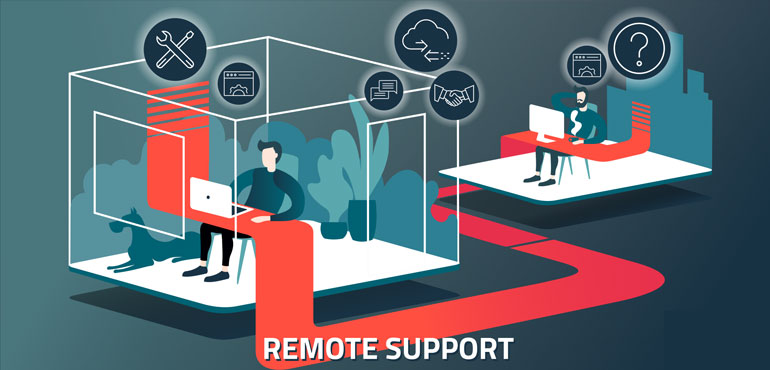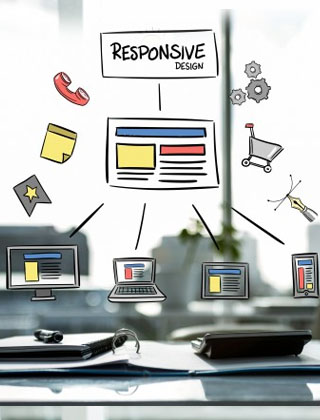
Remote support software allows IT departments and administrators to connect to and control a device from a remote location via an internal network or the internet in order to resolve technical issues and automate routine tasks. Businesses use remote support software to solve technical problems and bolster security without requiring technicians to have physical access to the device in need of support. Remote support solutions allow IT professionals to access and fix technical problems without being on-site this type of software also provides the ability to monitor systems and run diagnostics remotely.
Remote support solutions are used by IT departments to solve clients' technical issues and save organizations time and money on IT support.
Remote support software may also include functions designed to help maintain regulatory compliance as well as provide audit tools, granular permission settings, identity management functions, and more. IT support staff do not have to travel to the physical device or waste time on the phone deciphering the non-technical language of an uninformed user. Instead, they are able to access the device, diagnose the problem, and implement a solution unimpeded.
Remote support software should not be confused with remote desktop software, although the two share the basic principle of allowing access from a remote point via the internet or an intranet. The defining difference between these types of software is the expanded functionality offered by remote support solutions.
Remote support software can be used as a standalone application, but most solutions typically offer integration with an IT management or a remote monitoring and management (RMM) solution. IT professionals use remote support software as part of their technology stack to enhance their capacity for helping clients.



